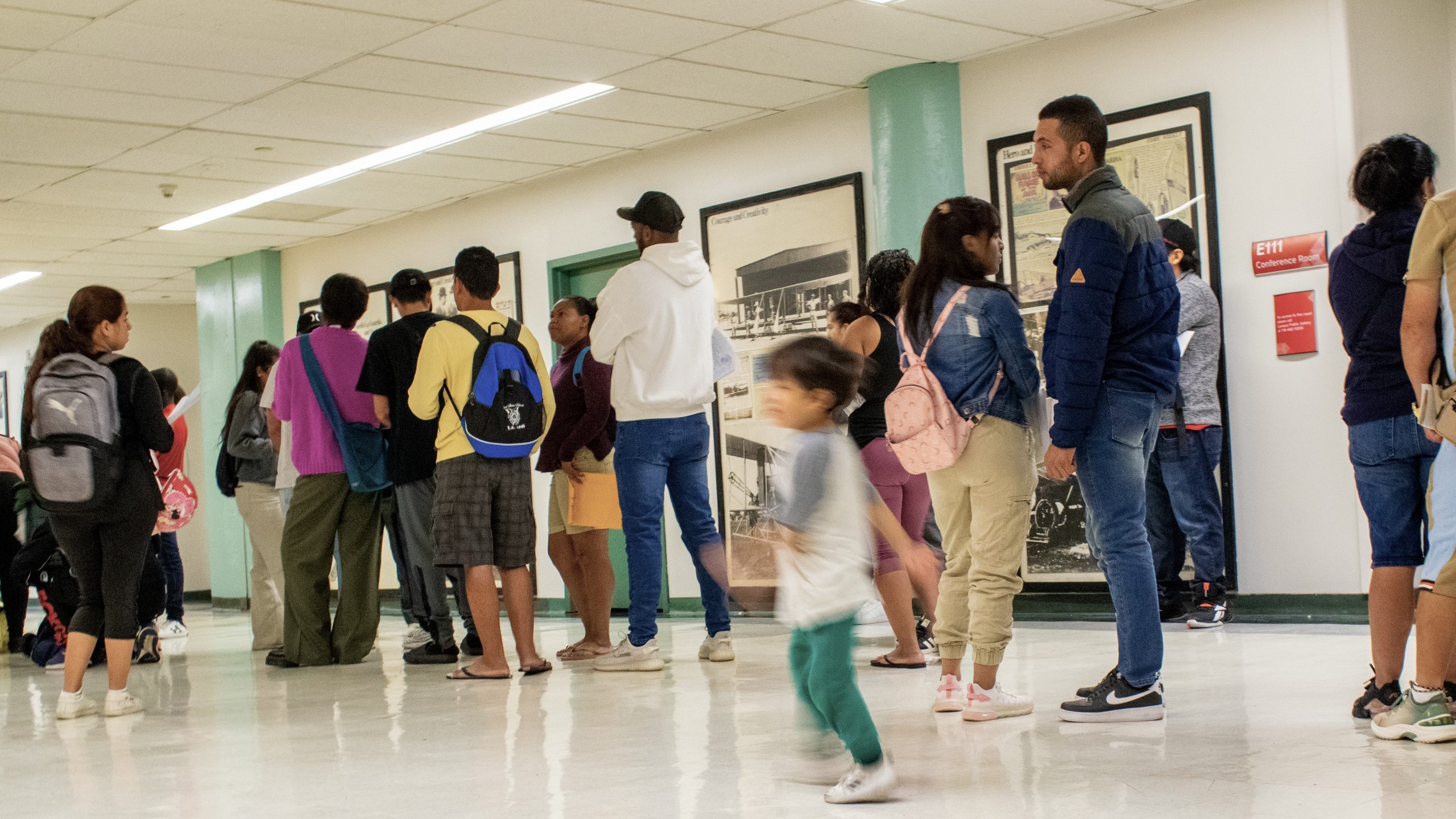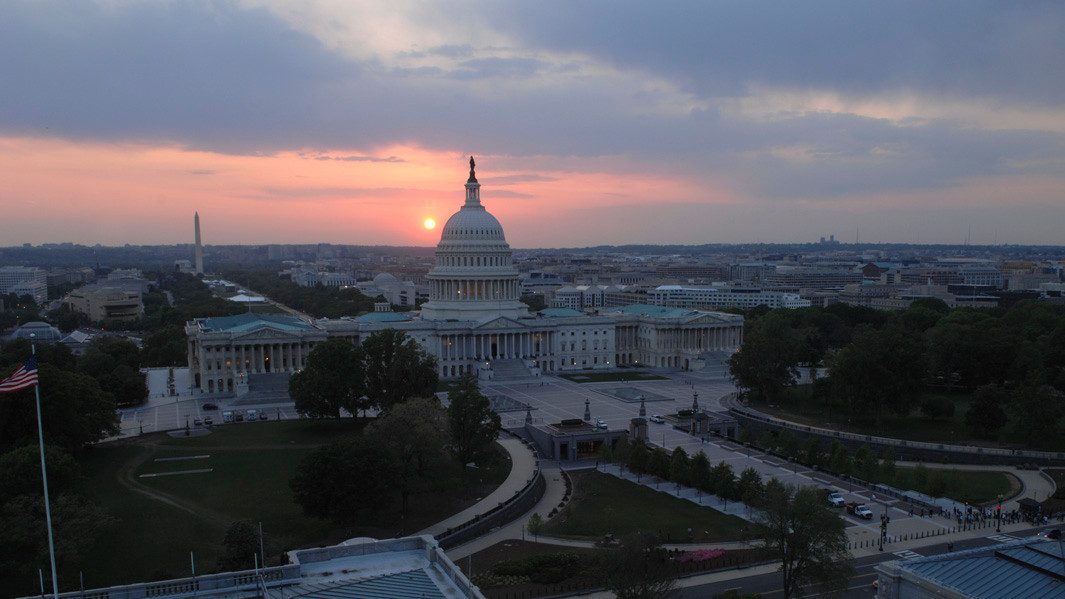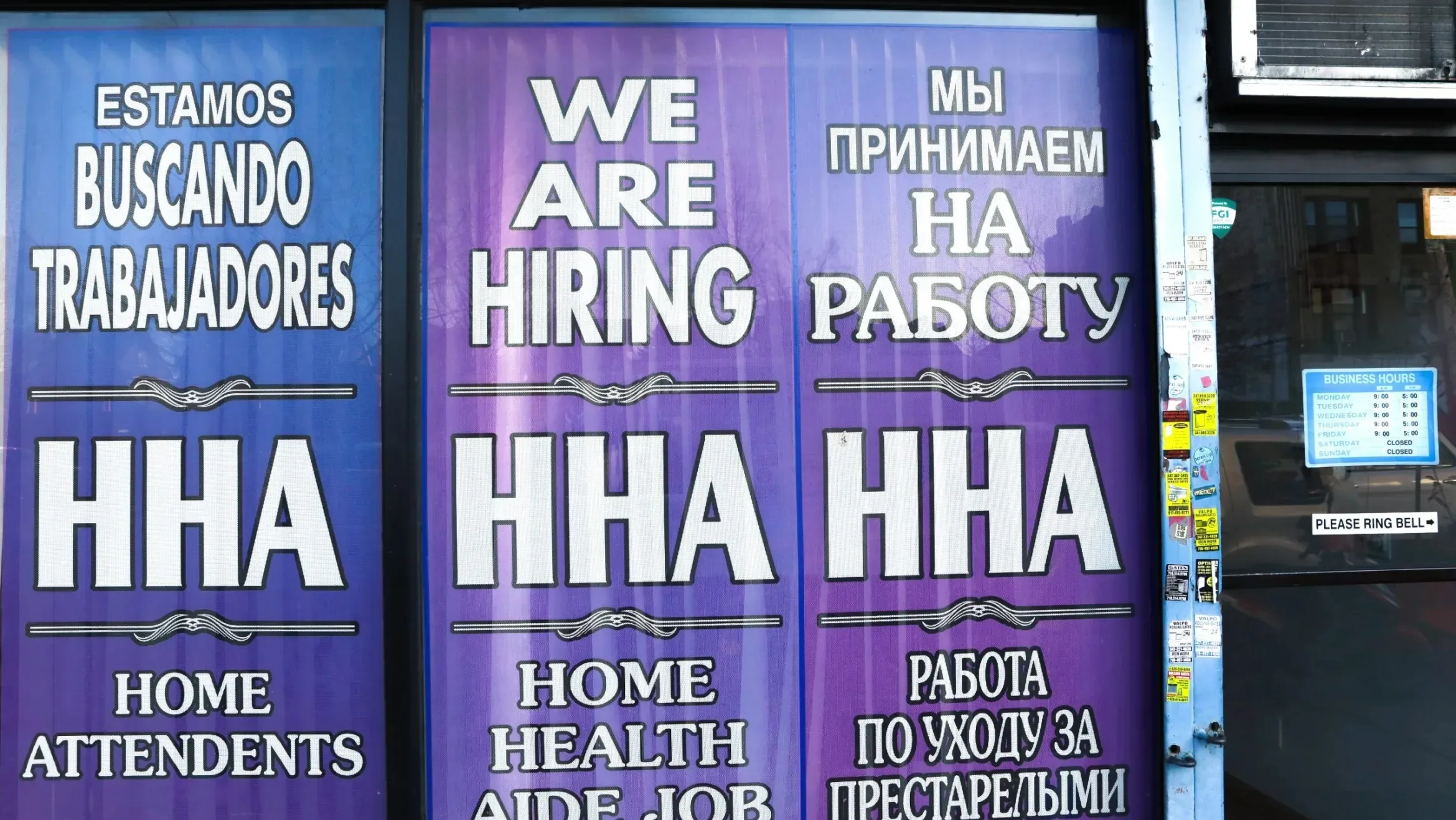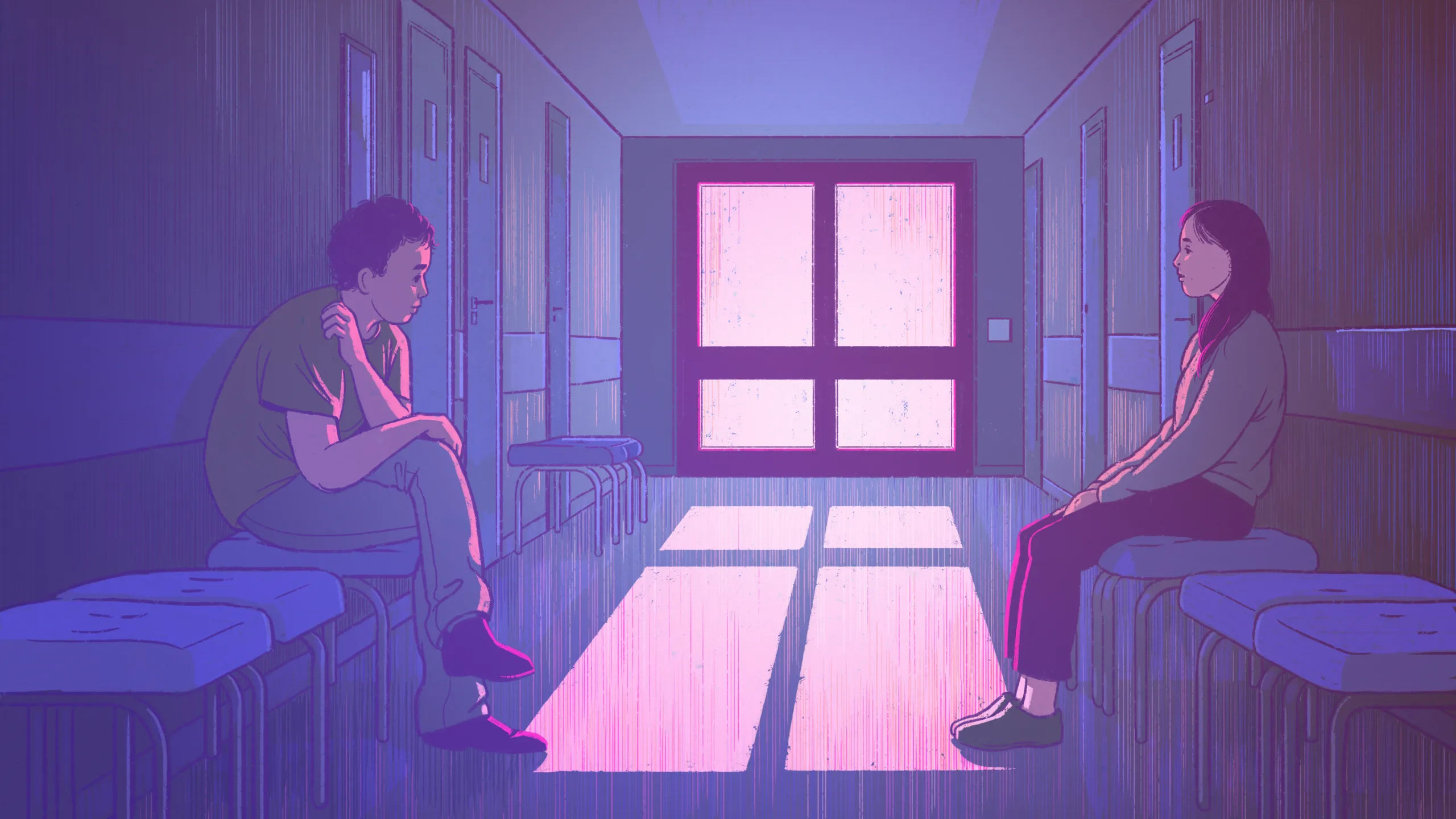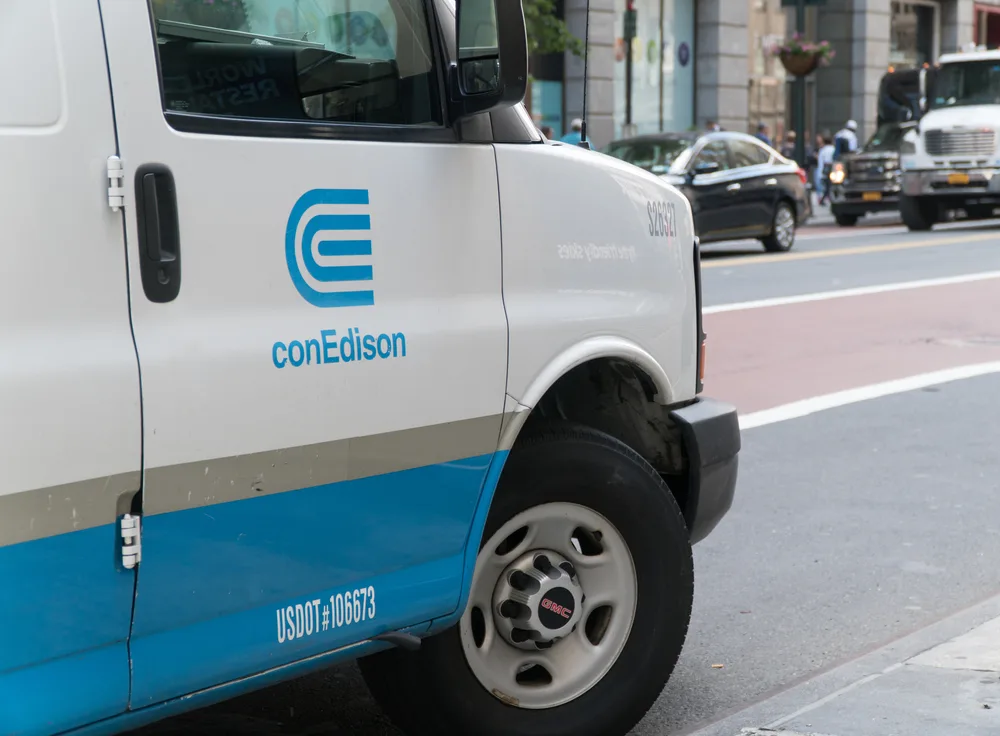At the Central Library in Jamaica, Queens, more than 50 New Yorkers wait on a line, which stretches down the block, for the doors to open at 10 a.m. Many have been there since 5 a.m., hoping to secure a walk-in appointment for a municipal identification card, known as IDNYC, that can grant them access to many services, regardless of their immigration status.
Suyapa Canales, 54, an immigrant from Honduras, is one of the first to enter. For her, lining up at 5:40 a.m. for an IDNYC was a necessity. “They asked me for it at the hospital, to access the city’s health insurance,” she explained. Without the card she said the hospital estimated she would need to pay $15,000 for weight reduction surgery, she said.
Canales is one of 16 people Documented spoke with at four locations across Queens, The Bronx and Manhattan in June. They all said they waited on average three hours before the enrollment centers opened, after being unable to secure an IDNYC appointment online due to a lack of available dates or difficulties navigating the website. Some need the card to access health insurance, affordable housing, and bank accounts. Others use the card to send money to their home countries. In some cases the ID is crucial because immigration officials confiscated their documents when they arrived in the U.S.
Canales, who has lived in New York City for 21 years, said she made several attempts to renew her IDNYC in September, January and February, but she received an unexpected notice in the mail telling her that her application was incomplete and that she needed to start the process over again.
Also read: IDNYC Card: What it is, how to use it and its benefits
She said it took her hours to search for appointments on IDNYC’s online portal, looking for available dates at all 15 locations in the city, until eventually she found one more than a month away. “It gave me an appointment for July, and I need it for the 30th of June,” she said. That was the deadline the hospital had given her to get her surgery pre-approved on time, she said.
Canales also tried to sign up for an IDNYC in person at two public libraries in Brooklyn, but didn’t realize that not all libraries have enrollment centers. She found one at the Jamaica library branch on June 14 and arrived at noon, but was told they were no longer accepting walk-ins that day. She returned the next day before dawn to secure one of the 25 walk-in appointments available. “It was very cold out,” she recalled, adding that she woke up at 4 a.m.
New York City launched the IDNYC program in 2015 not only to serve immigrants, but to give all New Yorkers an alternative means of identification for accessing services and cultural opportunities. To date, it has issued 2 million cards, according to reports from the Department of Social Services (DSS), which runs the IDNYC program. Applications have increased modestly year-over-year for the past 5 years and have increased significantly since last year when southern states began busing migrants to New York City.
Yet, DSS has not been able to meet the demand of IDNYC applications fueled by the arrival of more than 81,000 asylum seekers that have come to NYC in the past year, according to Noely Reyes, community organizer at Mixteca, an immigrant advocacy organization based in Sunset Park. “[Applicants] don’t leave with the services that they need,” Reyes said. “The sites for IDNYC don’t have appointments as much, they don’t have capacity for walk-ins.”
After meeting with immigrant advocacy groups in April, Councilmember Gale Brewer of Manhattan (D-6) co-sponsored a bill to require DSS to improve the IDNYC application process. At a hearing on the measure, she told DSS, “You need more people because none of us can get an ID.”
During the hearing, Dr. Albert Gamarra, the Assistant Deputy Commissioner for IDNYC, said that the 175 staff members working at the enrollment centers throughout the five boroughs have been adequately managing the demand. “It’s meeting the need that we have,” he said.
In an emailed statement in June, a spokesperson from DSS told Documented that IDNYC saw a 100% increase in the number of new enrollments in 2022 compared to 2021. They said they have also deployed IDNYC On-the-Go which is a mobile enrollment center that meets applicants in their own neighborhoods, held a pop-up site at the Asylum Seeker Navigation Center in midtown Manhattan, and expanded the range of documents to qualify for an IDNYC.
“As part of the City’s all-hands-on-deck approach to address the unprecedented need for services for asylum seekers, we remain committed to working closely with all our stakeholders to enroll even more people in IDNYC,” the statement said.
Despite the assurances from DSS, all the enrollment centers Documented visited in June had lines of people waiting outside of them for walk-in appointments, and many of those people said they had been waiting for hours after being unable to schedule an appointment online.
Children played on the floors of LaGuardia Community College’s Performing Arts Center in Queens as their parents waited in a single-file line before sunrise for an IDNYC. A little girl ran in circles around her mother, Karen Gonzalez, 25, who had migrated from Venezuela in May. Gonzalez had waited three hours before an employee announced to the crowd that the center had reached its capacity of 12 walk-in applicants — a cap which varies by location depending on the staffing. There were no more appointments at LaGuardia that day.
“They told me that I could schedule an appointment online, but they didn’t show me how,” Gonzalez said.
When Gonzalez first arrived in New York City, she was added to a WhatsApp group chat that shared the benefits of asylum seekers like herself obtaining an IDNYC card. Understanding the necessity of possessing identification, Gonzalez plans to return to the enrollment site at LaGuardia. “I just have to arrive much earlier.”
Councilmember Alexa Avilés of Brooklyn (D-38) said there’s not enough appointments available to keep up with demand. “It’s been a point of frustration in our community for a while,” she told Documented. “It’s definitely a staffing issue [and] a funding issue.”
Nonprofits in the city, like Mixteca and La Colmena, have been aiding IDNYC applicants like Gonzalez and Canales navigate the online portal. Emili Prado, the service referral coordinator at La Colmena, a community job center on Staten Island, said she’s also seen an increase in the amount of people asking for help signing up for IDNYC cards over the past year. “It would usually be like one, two or three a day. Now it's probably like five people coming in one day,” she said. She can’t find available appointments to schedule some days, she said.
For now, Suyapa Canales remains in limbo, not knowing when she will get her IDNYC card that would give her access to health insurance. She has had to postpone her surgery that would correct a complication caused by a knee replacement she received last year which forced her to stop working as a house cleaner.
“I hope it gets to me soon,” Canales said. “I depend on the card.”
